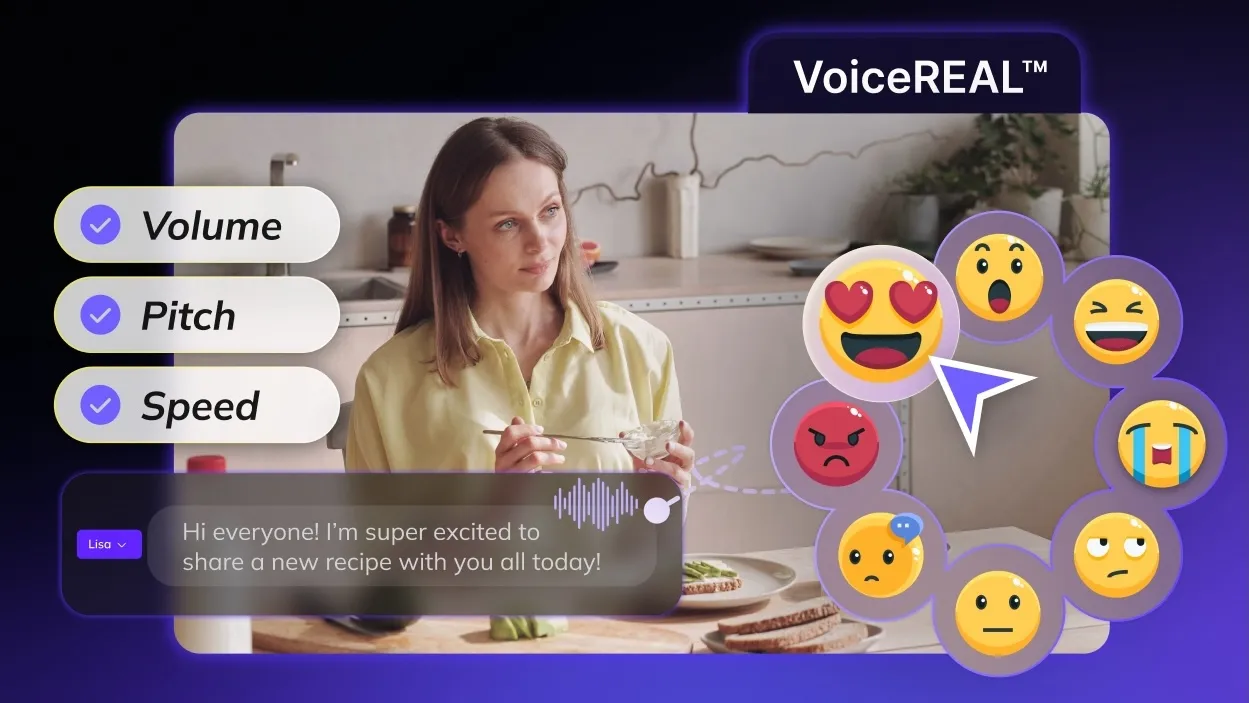In today’s globalized digital era, video content has become a dominant medium for communication, education, and entertainment. As creators and businesses strive to reach diverse audiences, translating video content into multiple languages is essential. However, translation is not merely a linguistic conversion; it requires meticulous proofreading to ensure accuracy, cultural relevance, and viewer engagement.
Understanding Proofreading in Video Translation
Proofreading in video translation is the final review phase where the translated content is examined for errors, inconsistencies, and cultural appropriateness. This process encompasses several key aspects:
1.Linguistic Accuracy: Ensuring that the translation accurately reflects the original message without errors in grammar, syntax, or vocabulary.
2.Cultural Sensitivity: Adapting content to align with the cultural norms and expectations of the target audience, avoiding potential misunderstandings or offenses.
3.Technical Precision: Verifying that subtitles or dubbed audio are synchronized correctly with the visual elements, maintaining a seamless viewing experience.
4.Consistency: Maintaining uniformity in terminology, tone, and style throughout the video to ensure coherence and professionalism.
The Importance of Proofreading in Video Translation
1.Enhancing Comprehension and Engagement
Accurate translations are fundamental to viewer comprehension. Errors or awkward phrasing can confuse audiences, leading to disengagement. Proofreading ensures that the translated content is clear and understandable, thereby enhancing viewer engagement.
2.Maintaining Brand Integrity
For businesses, consistent and accurate translations are vital to maintaining brand integrity across different markets. Inconsistent terminology or tone can dilute brand identity. Proofreading helps preserve the brand’s voice and message, ensuring it resonates appropriately with diverse audiences.
3.Avoiding Cultural Missteps
Cultural nuances play a significant role in how content is perceived. A phrase or gesture acceptable in one culture may be inappropriate in another. Proofreading allows for the identification and modification of such elements, preventing potential cultural missteps.
4.Ensuring Legal and Ethical Compliance
Certain industries, such as healthcare and finance, require adherence to specific legal and ethical standards. Proofreading ensures that translations comply with these regulations, avoiding potential legal issues.
Challenges in Proofreading Video Translations
1.Time Constraints
The demand for rapid content delivery can pressure translators and proofreaders, potentially compromising quality. Balancing speed with thoroughness is a common challenge.
2.Technical Limitations
Ensuring that subtitles or dubbed audio align perfectly with visual elements requires technical expertise. Proofreaders must be adept with relevant software and tools to address synchronization issues effectively.
3.Language Complexity
Languages differ in structure, idioms, and expressions. Translating humor, sarcasm, or idiomatic phrases can be particularly challenging, necessitating a deep understanding of both source and target languages.
Best Practices for Effective Proofreading
1.Multiple Review Stages
Implementing several rounds of proofreading allows for the identification of different types of errors at each stage, enhancing overall quality.
2.Utilizing Specialized Tools
Employing professional proofreading tools and software can aid in detecting grammatical errors, inconsistencies, and synchronization issues, improving efficiency and accuracy.
3.Collaborative Approach
Encouraging collaboration between translators, proofreaders, and cultural consultants can provide diverse perspectives, leading to more refined translations.
4.Continuous Training
Investing in ongoing training for proofreaders ensures they stay updated with linguistic trends, cultural nuances, and technological advancements, maintaining high standards of quality.
The Role of AI in Proofreading Video Translations
Advancements in artificial intelligence have introduced new possibilities in the proofreading process of video translation. AI-powered tools can assist in various aspects:
1.Automated Error Detection
AI algorithms can quickly identify grammatical errors, inconsistencies, and potential cultural issues, streamlining the proofreading process.
2.Contextual Analysis
Advanced AI systems can analyze context to suggest more accurate translations, particularly for idiomatic expressions or culturally specific references.
3.Efficiency and Scalability
AI tools can process large volumes of content rapidly, making them invaluable for projects with tight deadlines or extensive material.

Vozo AI: Enhancing Proofreading in Video Translation
In the realm of video translation, ensuring accuracy, cultural relevance, and viewer engagement is paramount. Vozo AI emerges as a cutting-edge AI-driven video editing platform designed to enhance translation quality through a suite of advanced features:
1.Context-Aware Translation
Vozo AI utilizes extensive background knowledge to deliver precise, contextually accurate translations. By adapting to user-defined preferences for style and tone, it aligns translations with the brand’s voice, ensuring cultural resonance and authenticity.
2.AI-Powered Proofreading and Refinement
The platform offers sophisticated sentence-level proofreading and tailored refinement capabilities. By employing back-translation techniques, Vozo AI cross-verifies translations to elevate accuracy, ensuring the final output is both precise and coherent.
3.Customization Options
Vozo AI empowers users to define style preferences prior to initiating the translation process. This proactive customization ensures that the resulting translation aligns seamlessly with the desired tone, emotion, and messaging, maintaining consistency across all content.
Conclusion
Proofreading is indispensable in video translation. It ensures accuracy and consistency, maintains cultural sensitivity, and enhances the viewer’s experience. With the development of artificial intelligence, tools like Vozo AI provide robust support for the proofreading process, further optimizing translation quality. Therefore, translators and teams should prioritize proofreading, utilizing advanced tools to ensure high-quality translation outcomes.


